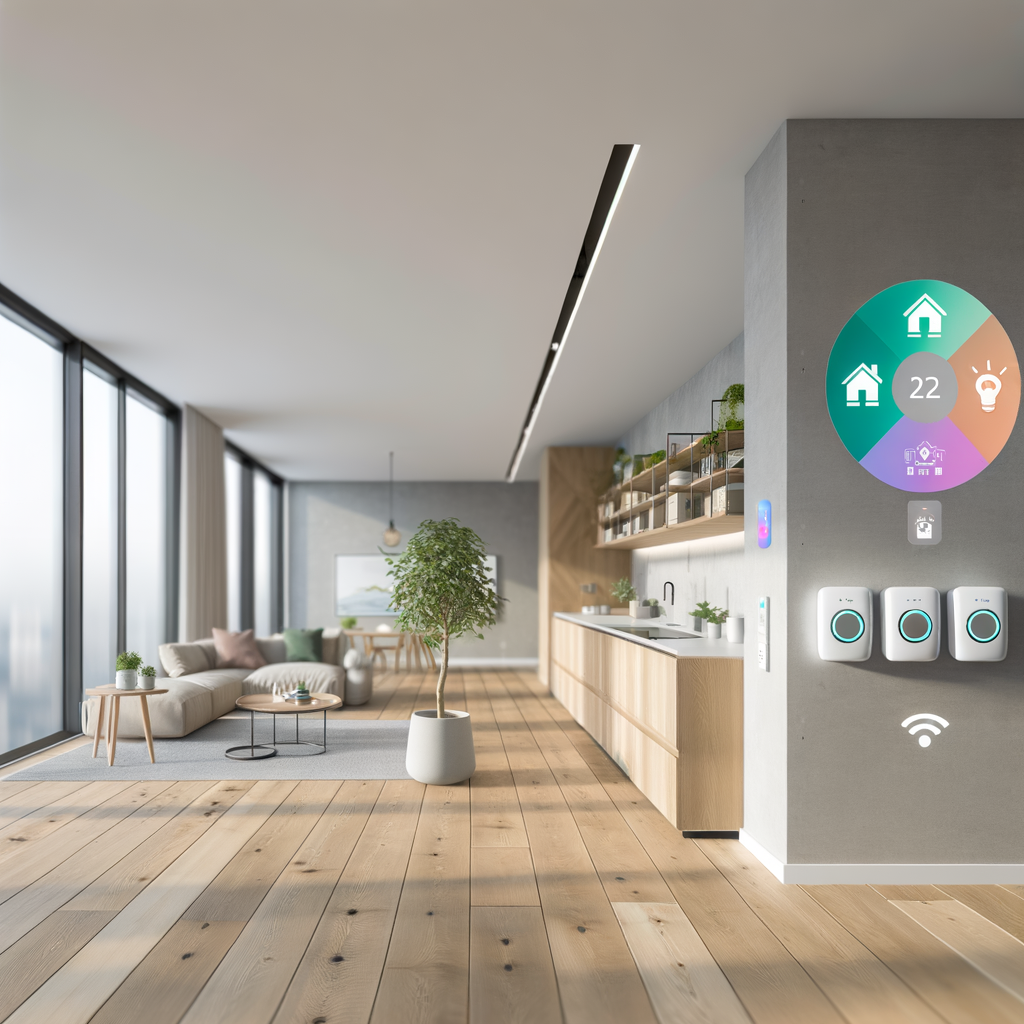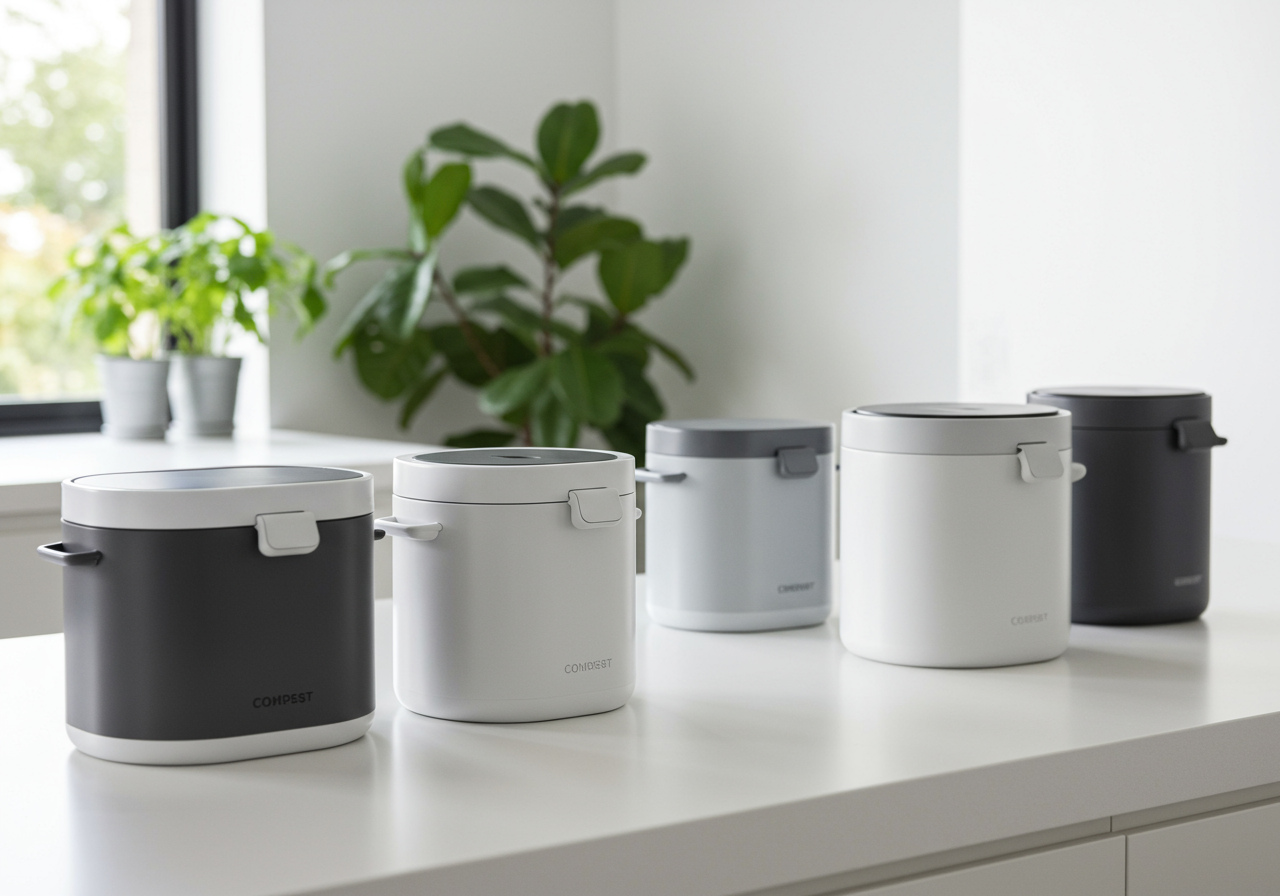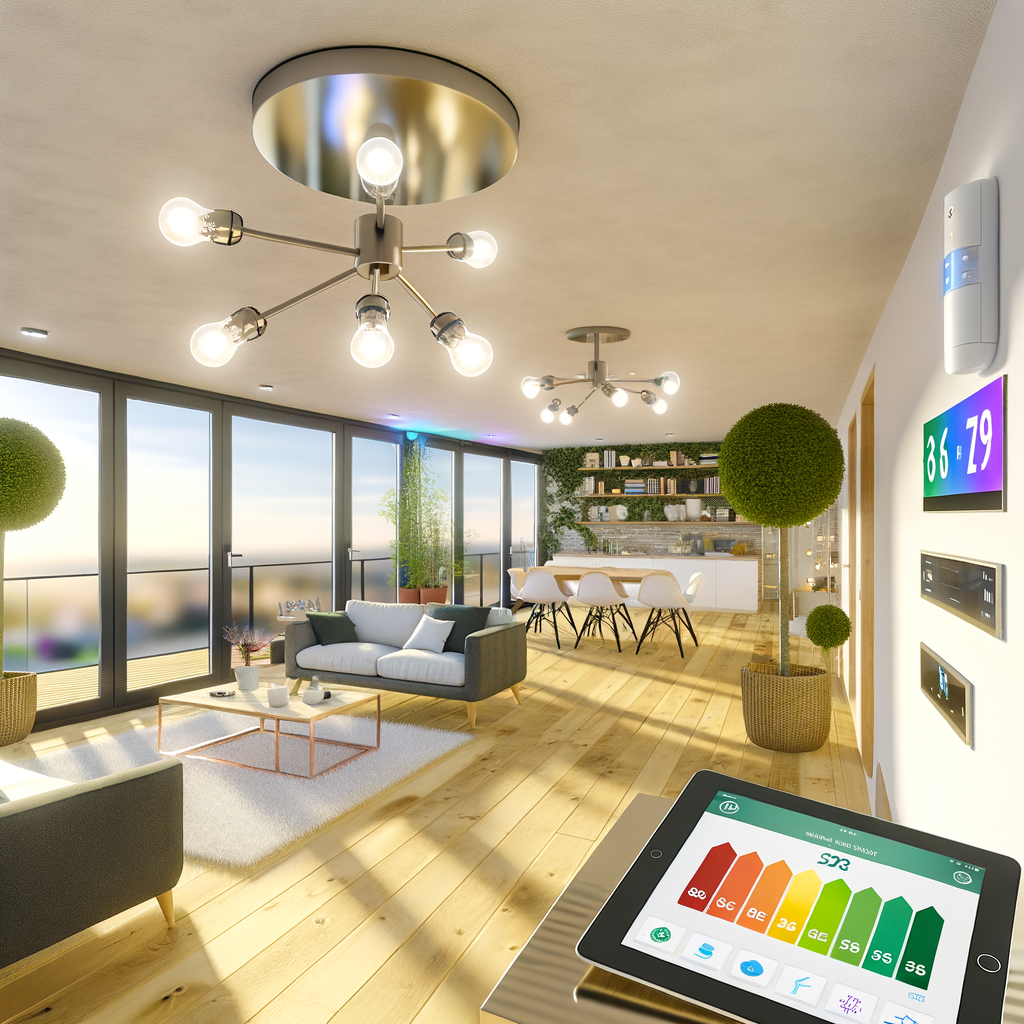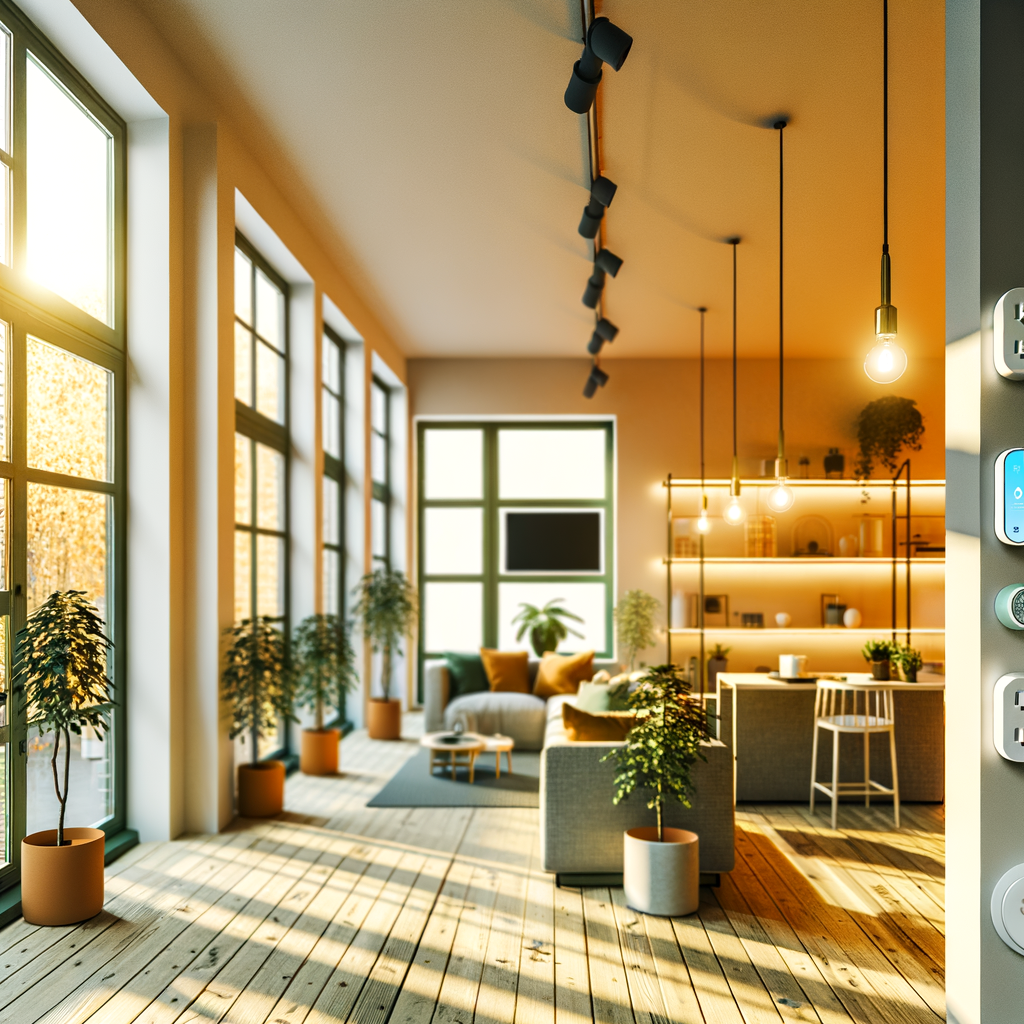Myth-Busting for Renters: 7 Smart Home Sustainability Myths That Are Costing You Money
If you rent your home or apartment, you’ve probably heard a lot of “sustainability advice” that just doesn’t seem to fit your reality. Maybe you’ve wondered: Do these green updates actually save money? Is there anything renters can realistically do to make a difference? Are my efforts too small to matter? It’s time to separate facts from fiction and stop letting myths drain your wallet. In this guide, we’re busting seven of the biggest smart home sustainability myths for renters, so you can save energy, live greener, and cut your monthly costs—without needing a landlord’s blessing for a full renovation.
Why Sustainability Matters for Renters
Many renters mistakenly think sustainability is a concern for homeowners only. In fact, renters often spend more on utilities because they have less control over insulation, appliances, or building upgrades. The good news? Small, smart changes can have a real impact on both your carbon footprint and your monthly bills.
- Lower energy/water bills: The right tweaks add up, even in short-term rentals.
- Better comfort: Sustainability measures almost always mean a cozier home.
- Tech-savvy lifestyle: Smart gadgets often make your day easier and more efficient.
Ready to debunk the most persistent renter myths? Let’s get to money-saving, planet-helping facts.
Myth #1: “Sustainability Upgrades Aren’t Worth It If I Don’t Own the Place”
The Myth
This is the number one reason renters shy away from energy-saving updates. Why invest in something that only benefits the landlord? Isn’t it smarter to just pay your bills and wait until you own a home?
Busted!
- Monthly savings matter: Many sustainability upgrades pay off quickly through lower bills—regardless of who owns the building.
- Portable products exist: From smart plugs to water-saving showerheads, tons of eco-friendly tools move with you to your next place.
- Immediate comfort: Your comfort level improves now—not in some distant, owned future.
Actionable Advice:
- Track your energy/water usage before and after making a new change. You’ll see savings for yourself, even in a short lease.
- Choose upgrades designed for renters: easily removable, re-installable, or plug-and-play.
Myth #2: “Smart Home Devices Are Expensive and Complicated”
The Myth
Maybe you picture upgrading your home with fancy automation as a luxury reserved for tech nerds or homeowners with hefty budgets.
Busted!
- Smart savings: Entry-level smart plugs, thermostats (for compatible HVAC), and LED bulbs are affordable and require little to no wiring or expertise.
- No-permission tools: Many smart devices plug into outlets or connect over WiFi—no drilling, rewiring, or landlord approval required.
- Easy-to-use interfaces: Most reputable products have app-based controls plus energy reporting. Setup is often as easy as “plug in, scan QR, connect.”
Actionable Advice:
- Start with a smart plug or smart power strip (often under $20) to automate devices that don’t need to be “always on,” like TVs or lamps.
- Look for smart bulbs with app control and energy monitoring—perfect for renters who want dramatic savings and mood lighting.
Myth #3: “Renters Can’t Improve Energy Efficiency Without Major Renovations”
The Myth
Big upgrades like wall insulation, double-pane windows, or new HVAC units are off-limits for renters, so there’s nothing you can do to fix drafty spaces or ancient appliances, right?
Busted!
- Little fixes, big results: Small changes still add up, especially in poorly-insulated rentals with older fixtures.
- Temporary and reversible upgrades: Think weatherstripping, layered curtains, draft stoppers, and window plastic—they provide serious comfort and savings for less than $50, and are easily removed when you move out.
- Appliance hacks: Even if you can’t replace major appliances, adding a smart plug or adjusting the usage pattern (e.g., to off-peak hours) can cut costs.
Actionable Advice:
- Use removable window insulation kits in winter; they can slash heating costs and keep you comfortable.
- Invest in thick, insulating curtains to maintain room temperature year-round.
- Add a door draft stopper or even a rolled towel at leaky thresholds.
Myth #4: “LED Bulbs and Solar Chargers Don’t Make Enough Difference”
The Myth
Swapping out a few bulbs or charging your phone with solar seems like a drop in the ocean. Some renters believe these micro-changes aren’t worth the money or effort.
Busted!
- Bigger footprint than you think: Lighting makes up about 15% of a typical apartment’s electricity bill. One LED bulb, used five hours/day, can save over $50 during its life.
- Compounding effect: Replace five to ten bulbs and multiply your savings—plus less frequent bulb changes (LEDs last years longer).
- Guilt-free gadgets: Solar chargers are a practical way to keep phones or tablets powered during the day—for free.
Actionable Advice:
- Switch every bulb you own to LEDs, especially any that stay on for hours (main living areas, kitchens, bathrooms).
- Try a window-mounted solar charger for your smartphone or external battery—perfect for renters who want to go green without wiring up panels.
Myth #5: “Eco-Friendly Upgrades Are Ugly or Unsuitable for Stylish Rentals”
The Myth
Some renters avoid sustainability gadgets for fear they’ll ruin their sleek, modern décor, clash with interiors, or be a pain to install and remove.
Busted!
- Design has caught up: Many sustainable products come in sleek styles and neutral colors to blend into any rental, from smart thermostats to eco showerheads.
- No tool required: Many renter-focused products are adhesive or plug-in—no holes, screws, or paint mishaps.
- Hidden upgrades: Products like draft snakes, weatherstripping, or smart plugs can be placed discreetly or behind furniture.
Actionable Advice:
- Look for “minimalist” or “decor-friendly” versions of products—smart sensors, switch plates, or plugs that practically disappear.
- Use color-coordinated weatherstripping and removable 3M adhesive hooks for temporary additions.
Myth #6: “Water Conservation Doesn’t Matter If Utilities Are Included”
The Myth
Many renters assume that if water is included in rent, there’s no incentive to cut back. After all, you’re not paying the bill—so why bother?
Busted!
- Rising costs hit everyone: Water rates are up nationwide, and many landlords are starting to implement submetering or pass on increases to tenants.
- Long-term benefits: Waste less today; avoid future rent increases tied to excessive building-wide usage.
- Ethics & planet: Fresh water is a precious resource, and small steps by renters make a big collective difference!
Actionable Advice:
- Install a water-saving (low-flow) showerhead—modern designs maintain strong pressure, but use half as much water. They’re easy to install and remove.
- Fix leaky faucets promptly, and talk to your landlord if bigger plumbing issues persist—wasted water hurts everyone.
- Try a tap aerator, which takes seconds to fit onto faucets and reduces the flow without sacrificing comfort.
Myth #7: “My Small Changes Don’t Really Make a Difference”
The Myth




